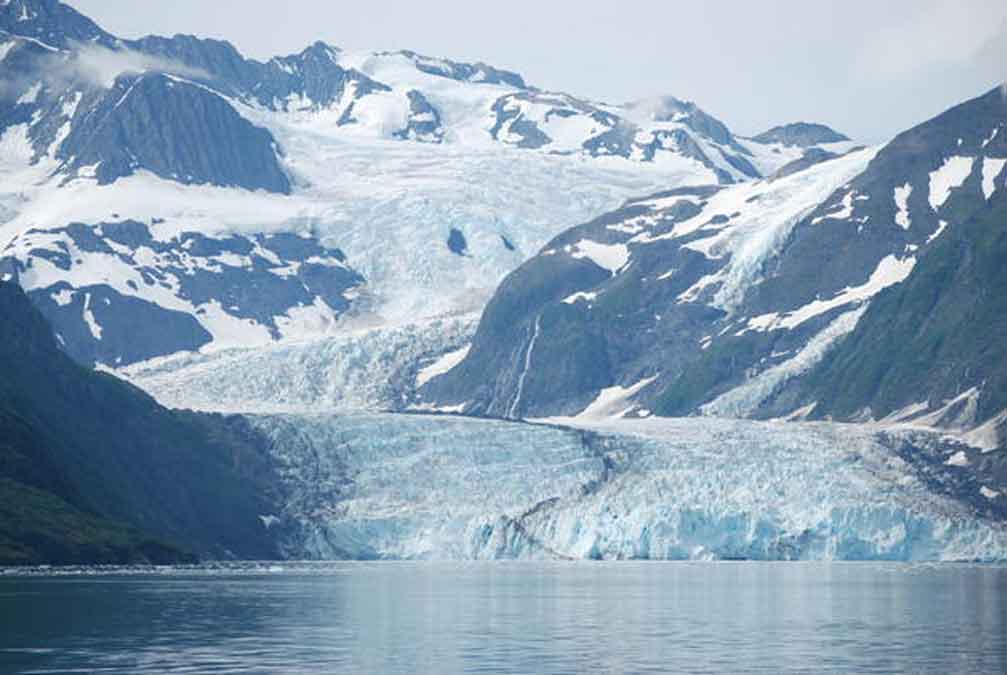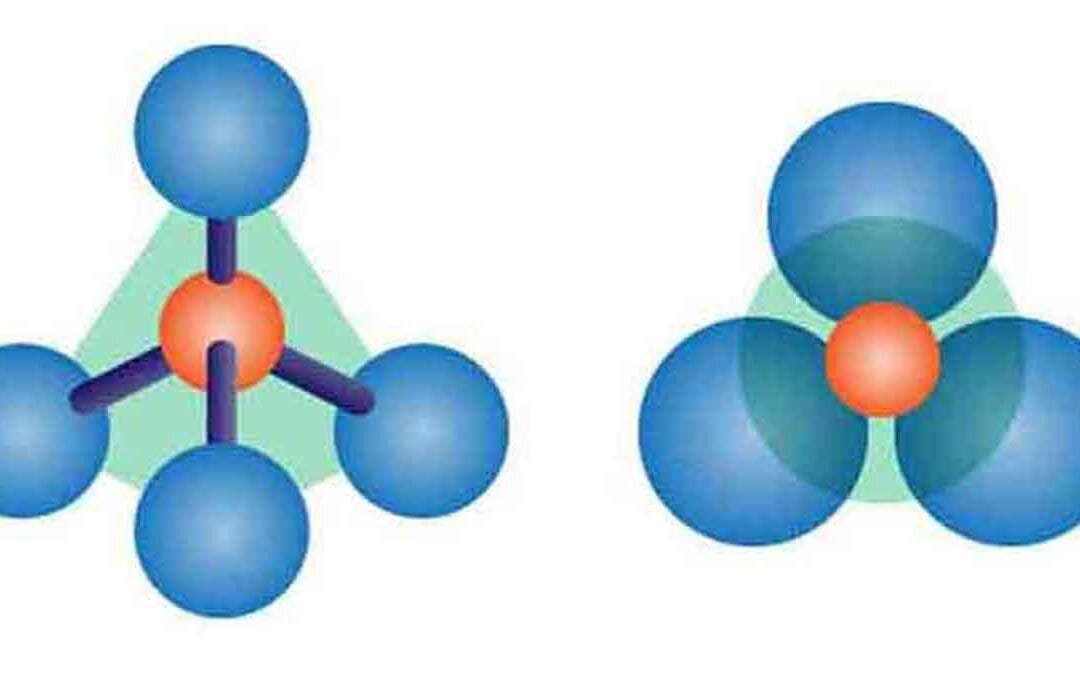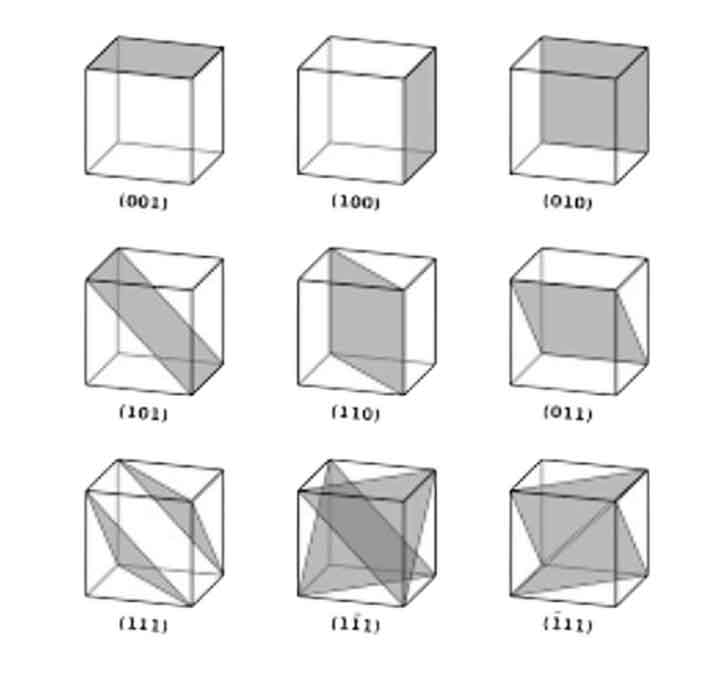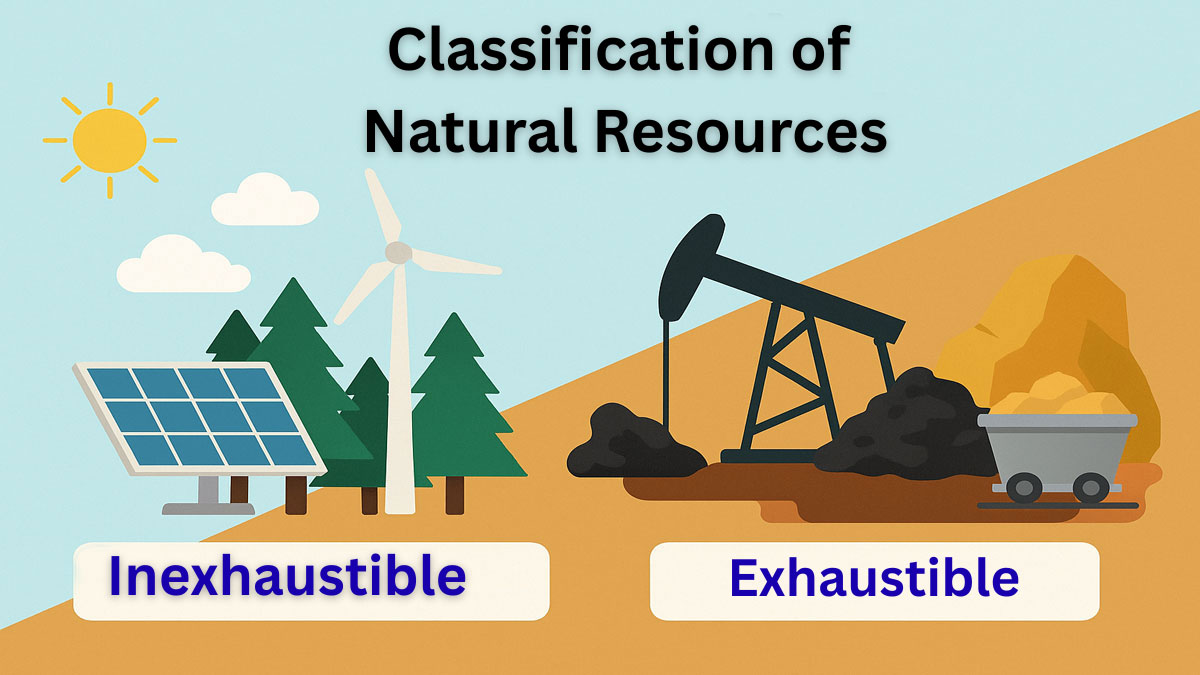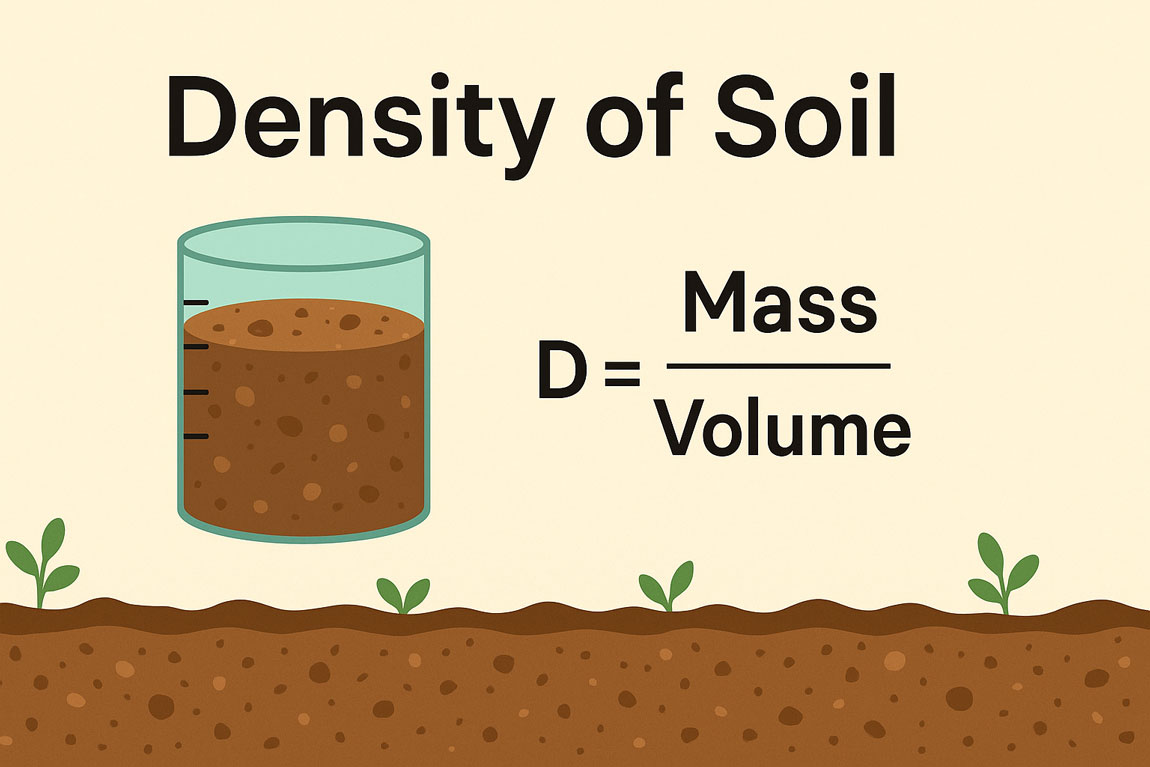
by Gelogia | Oct 18, 2024 | Physical Geology & Geomorphology
Glacier is a large body of snow and ice that gradually shifts across the landscape, moving away from where it initially gathered. Formation of Glacier: Abundant snowfall Very cold temperature. Sufficiently low rent of summer melting and evaporation. If these three...

by Gelogia | Oct 14, 2024 | Physical Geology & Geomorphology
The drainage pattern refers to the arrangement of streams, rivers, and lakes within a specific drainage basin. The land’s topography, the types of rocks present in the area, and the slope of the land influence it. Types of Drainage Patterns: Most stream networks...

by Gelogia | Oct 14, 2024 | Mineralogy
Silicates: Silicates are compounds containing silicon as an anion. The most common silicates are oxides, but hexafluoro silicates and other anions are also included. Silicate minerals contain (SiO4)4- in their structure. Silicates form the largest class of mineral...

by Gelogia | Oct 13, 2024 | Crystallography & Mineral Optics
X-ray Crystallography: X-ray Crystallography is a technique in crystallography in which the pattern produced by X-ray diffraction through the closely spaced lattice of atoms in a crystal is recorded and then analyzed to reveal the nature of that lattice. Uses: X-ray...

by Gelogia | Oct 12, 2024 | Crystallography & Mineral Optics
Miller Indices: Miller indices for crystallographic planes are the reciprocals of the fractional intercepts (with fractions cleared), which the plane makes with the crystallographic x, y, and z axes of the three nonparallel edges of the unit cell. It consists of a...
